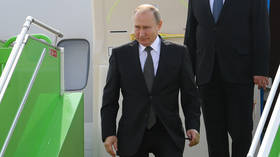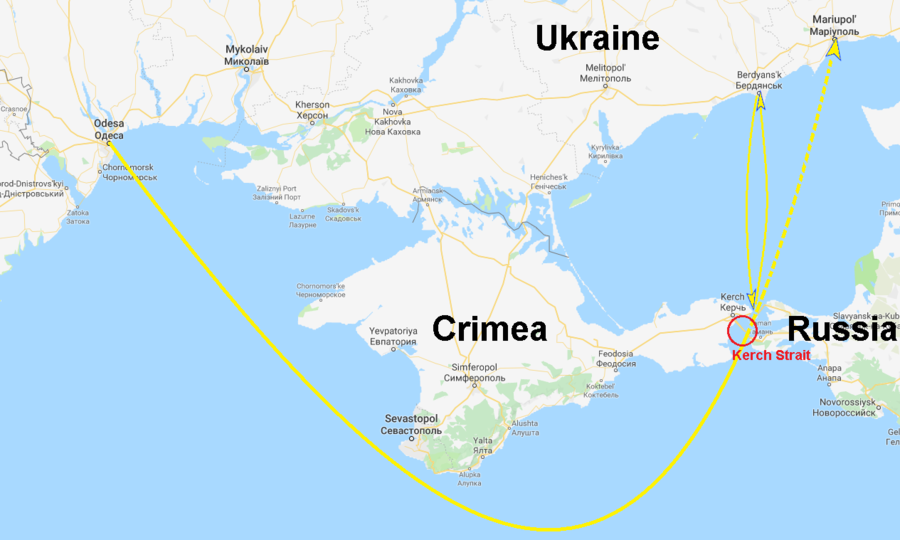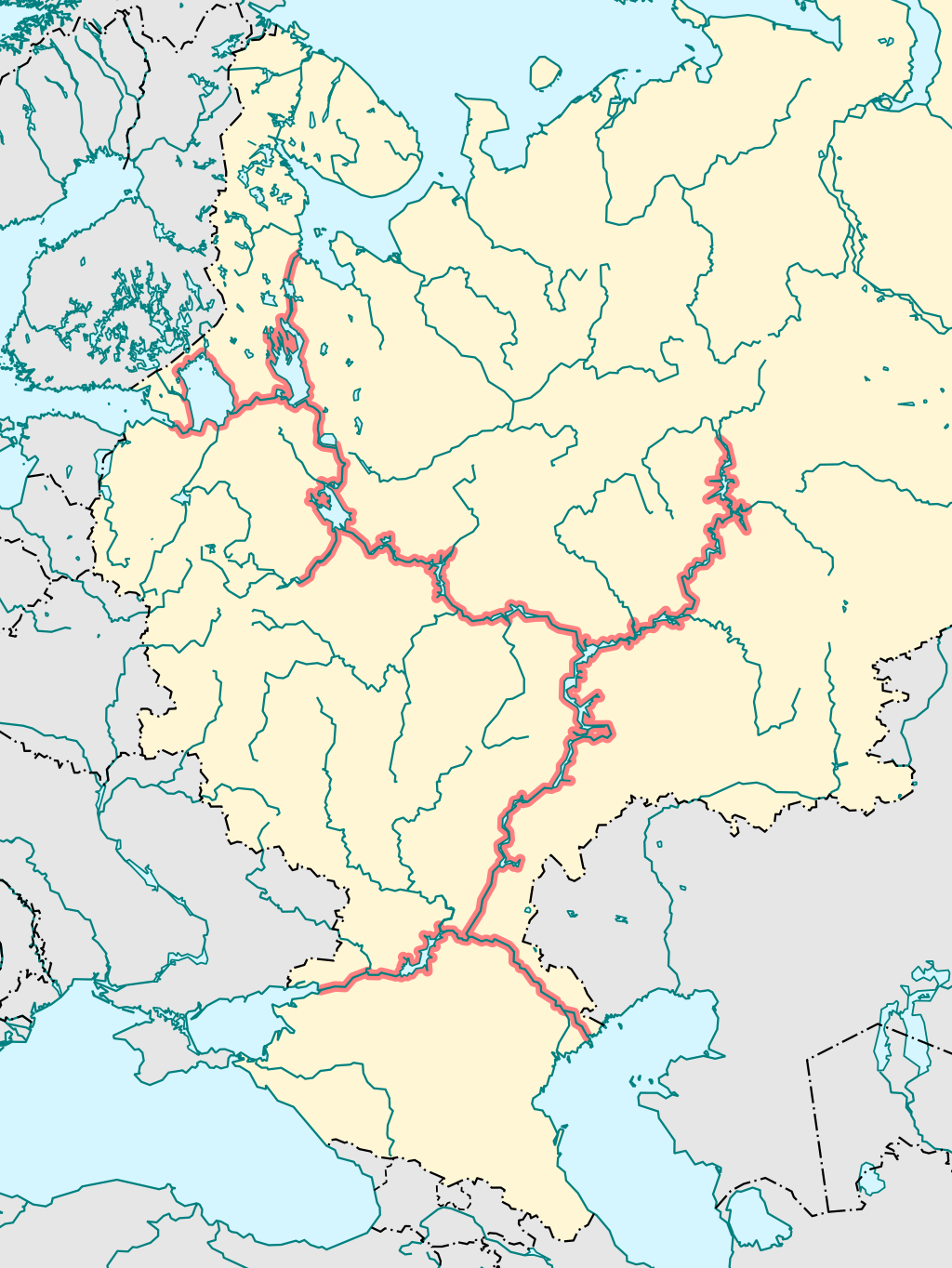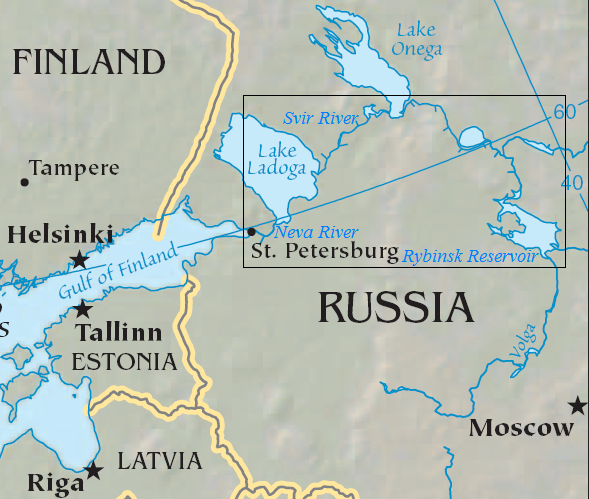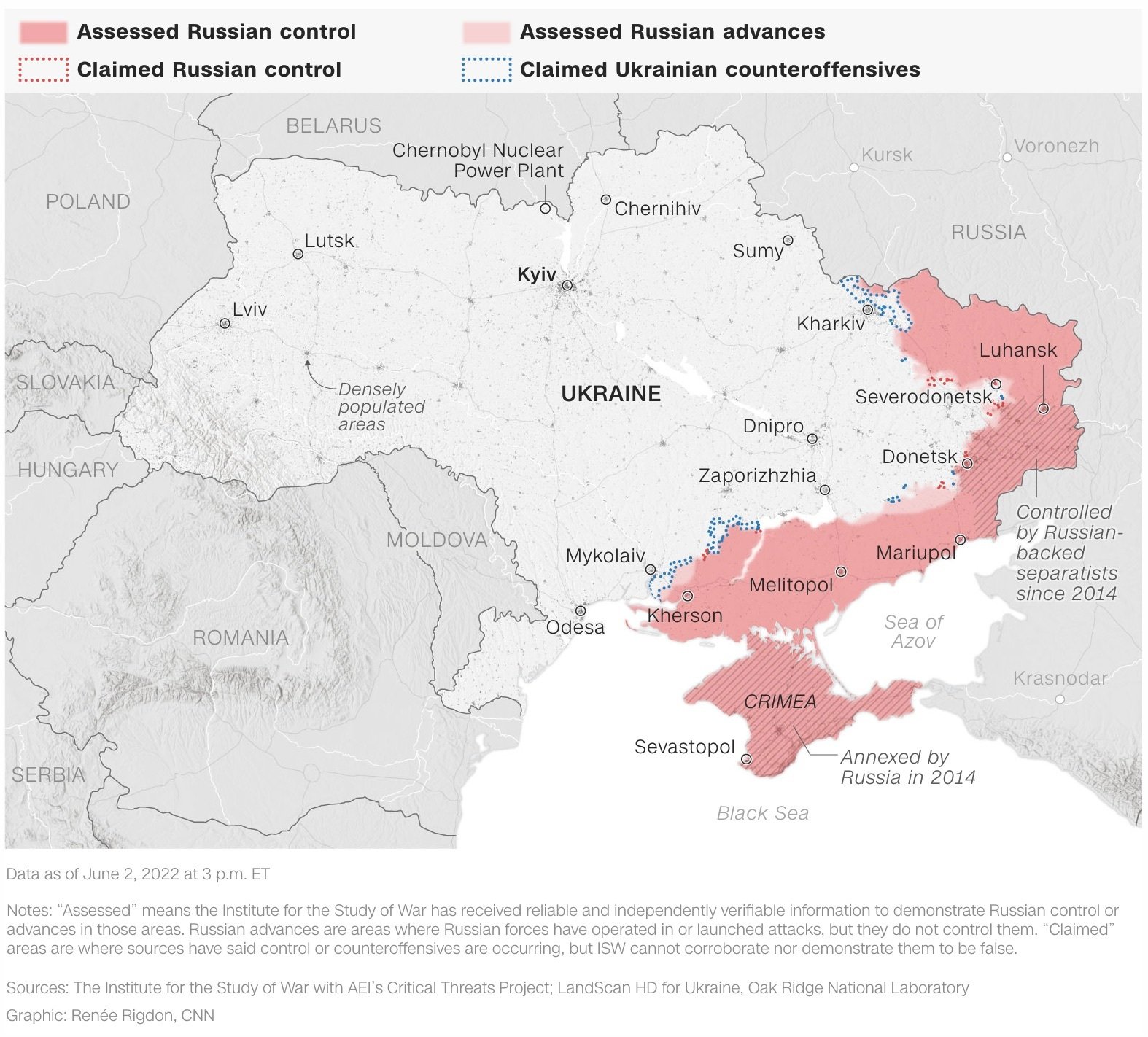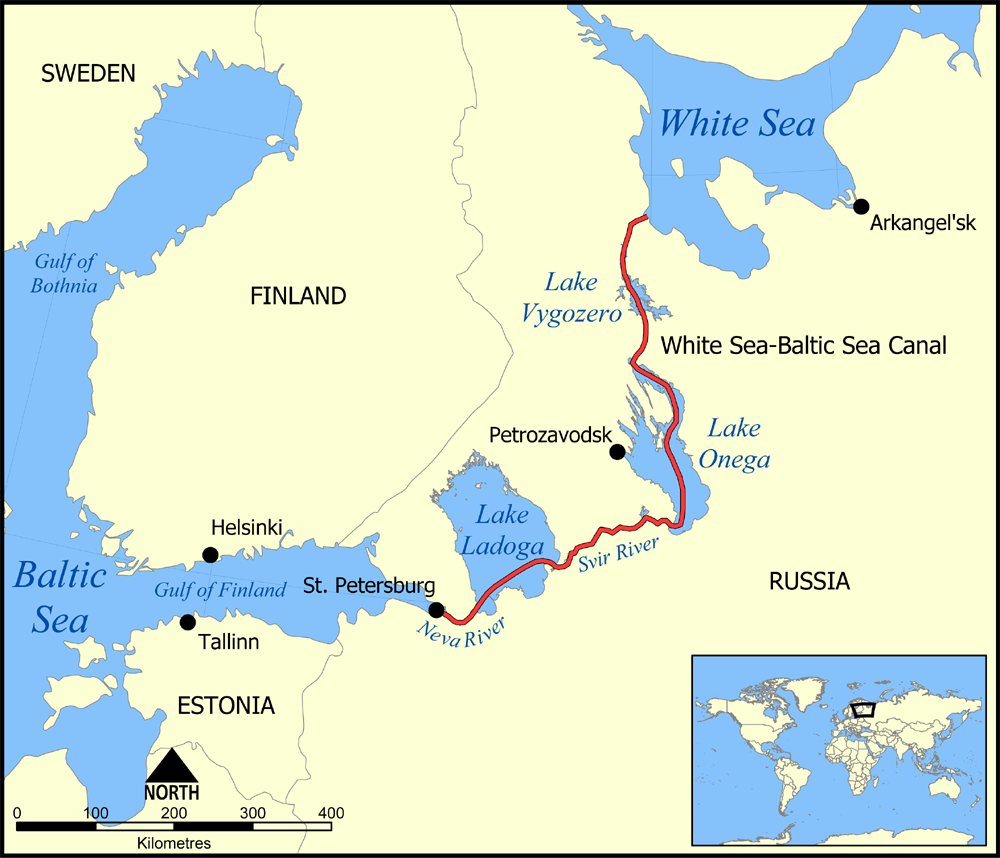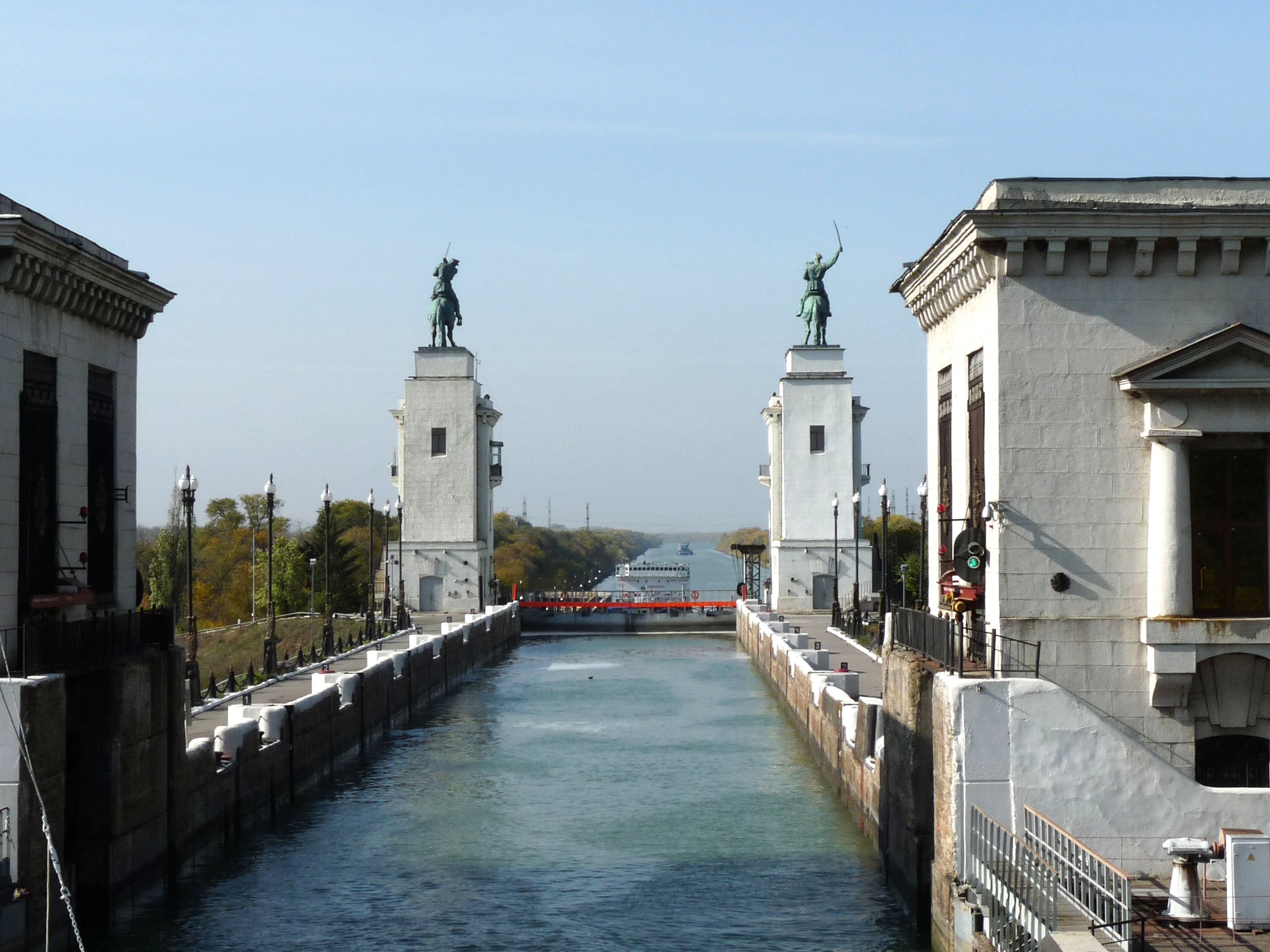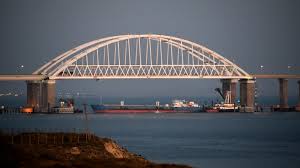Amid rising tensions in the Black Sea, Ukraine’s desire for NATO membership, diminished US global influence, and Russia facing a potential quagmire, Turkiye must assert a balanced foreign policy to avoid a global military confrontation in the strategic waterway.
On 11 July 2023, NATO issued the 90-point Vilnius Summit Communiqué, at a summit widely seen as “a historic moment for the future of European security, and Ukraine’s in particular.” The take-away: Russia’s war in Ukraine will continue.
This reaffirmed NATO’s unwavering support for Kiev, as previously pledged at the 2008 Bucharest Summit, and emphasize that “We fully support Ukraine’s right to choose its own security arrangements. Ukraine’s future is in NATO.”
The NATO Summit culminated with leaders from 31 countries making a significant announcement: Ukraine had been offered an invitation to join NATO. The catch, however, was that Ukraine was not yet deemed ready for membership; “We will be in a position to extend an invitation to Ukraine to join the Alliance when Allies agree, and conditions are met,” it read. This has left the international community wondering about the timeline and specifics of Ukraine’s eventual participation in the Altanticist alliance.
US avoiding a global hot war
But beneath the surface, strategic machinations seem to be at play. Ukraine finds itself in a complex position: While NATO appears to be stalling Kiev’s membership, it simultaneously urges Ukraine to pursue its aspirations. The reason becomes apparent upon closer inspection: Ukraine’s entry into NATO could potentially ignite a larger conflict, the NATO-Russia War, which could spiral into World War III, and the ominous specter of nuclear weapons looms large.
Europe, particularly key players like Germany and France, hesitate to give the green light for Ukraine’s NATO accession. The US, too, has its reservations at this stage, as it seeks to avoid a global hot war. Instead, Washington aims to recalibrate its global stance, moving away from a previous globalization effort that failed to benefit its interests and inadvertently bolstered China.
The US appears to be opting for a long-term strategy, engaging in a war of attrition with Russia, thereby escalating a Second Cold War that was set in motion during the Donald Trump era, although his was more focused on Beijing.
In this intricate geopolitical dance, it appears unlikely that Ukraine will join NATO anytime soon. Equally, Russia may not meet the stringent requirements outlined in the Vilnius Summit’s communiqué. As a result, the war is set to endure.
Remarkably, the Ukraine War has already surpassed 17 months, and the parallels with the Soviet Union’s nine-year protracted conflict in Afghanistan are eerily striking. This war looms large for Moscow, with a much wider front to contend with. Barring significant improvements, it could span another 5 years or even longer – a timeline that seems to align with the US’s likely plan.
NATO expansion and Russia’s military challenges
The US may be banking on a shift in power or regime change within Russia during this protracted conflict. The continuous strain of a war economy on Moscow may eventually lead to public discontent, furthering internal turmoil.
To maintain its military manpower, Russia has even raised the maximum military conscription age from 27 to 30, highlighting the challenges faced in assembling a large pool of trained soldiers. This is why mercenary structures like Wagner are needed, even if they pose challenges themselves.
Meanwhile, the west, especially Europe, grapples with its own set of socio-economic problems. Escalating living costs, surging energy prices, inflation, economic contractions, an influx of Ukrainian refugees, rising unemployment, and growing public dissent against the war paint a grim picture.
France has experienced uprisings that nearly resemble a civil war, while Germany’s decision to distance itself from Russian energy has dealt a severe blow to its industries and economy.
Amidst all this, the US appears to be the sole benefactor in the ongoing conflict. Safeguarding its interests without risking the lives of its soldiers, the US deftly maneuvers in a global struggle. Through its actions, it both challenges Russia and strengthens NATO and Europe behind its cause.
Defense budgets of NATO countries are soaring, its arms and energy sector are revitalized, and its market share expands, culminating in an anti-Russian stronghold in the Baltic Sea, even securing the involvement of Finland and Sweden on NATO’s Northern flank.
Shifts towards multipolarity
Despite this, the US has faced challenges to its global hegemony. The situation in West Asia and China’s expanding influence are just a few examples of the changing dynamics. Traditional allies like Saudi Arabia are seeking cooperation with Beijing through projects like the Belt and Road Initiative (BRI), while Iran maintains resilience despite sanctions, forging ties with Persian Gulf states such as Qatar and the UAE.
Russia and Saudi Arabia’s increasing energy collaboration further underscores the shifting landscape, while India defiantly continues to buy weapons from Russia. These developments are contributing to a natural evolution towards multipolarity, with various countries asserting their interests and pursuing independent paths.
Efforts to reduce the reliance on the US dollar are indicative of this trend. Nonetheless, the US remains committed to fighting this struggle to preserve its global leadership and hegemony, aware that time may be working in China’s favor.
One notable development occurred on 22 July, 2022, when Russia, Ukraine, and the UN signed the “Black Sea Grain Iniative” with Turkiye’s mediation. The goal was to facilitate the safe export of cereals, foodstuffs, ammonia, and fertilizers from Ukrainian ports.
Simultaneously, Russia signed a memorandum of understanding (MoU) with the UN Secretariat to support the sale of Russian food and fertilizer products to global markets. However, due to embargoes, SWIFT and insurance barriers, Russia was unable to export any grain and fertilizer.
But Russia withdrew from the agreement one year later. It turned out that in Africa, the claim that people are at risk of starving because Ukraine can’t access grain is not true. Only 12 percent of the grain exported from Ukraine in a year was sent to the continent, and 40 percent was instead directed to Europe.
Turkiye’s geopolitical tightrope
Turkiye, although a NATO member, has tried to maintain a relatively neutral stance since the start of the Ukraine War. This policy was influenced by several factors, including Ankara’s geopolitical position, energy dependence on Russia, trade relations, and Moscow’s support during a time when President Recep Tayyip Erdogan faced isolation from the west.
Under Erdogan, Turkiye has played a vital role in maintaining channels for Russia during the conflict, initially causing concern among US officials. However, the US eventually acknowledged Turkiye’s role as part of its long-term strategy for a war of attrition. Nevertheless, Washington remains cautious, knowing that it could potentially close such channels through various means if needed in the future.
The situation following Russia’s withdrawal from the Black Sea grain deal has the potential to significantly impact grain prices and food supply. As tensions rise in the Black Sea region, the NATO-Ukraine Council’s meeting on the security situation indicates that the waters may become increasingly heated in the weeks and months ahead.
The US and NATO are expected to play a more active role in the southern flank and the Black Sea, making it crucial for Turkiye to exercise caution and vigilance regarding these developments and the potential moves of the US and NATO in relation to the Ukraine War and the Black Sea.
Strategic options for Black Sea grain security
Considering possible moves of the US and NATO in the Black Sea and their potential demands from Turkiye, the following options are conceivable:
Option 1: Turkiye, with the largest naval power in the Black Sea, could form a maritime task group to protect ships carrying grain from Ukrainian ports to the Bosphorus Strait for international markets. This task group would be guarded against Russian submarine, surface, and air threats with intelligence support from NATO. While this option does not violate the Montreux Straits Convention, it may still lead to confrontation with Russia and provoke Russian intervention in response to the naval task group’s presence.
Option 2: Another possibility is a naval task force led by Tukiye and involving Bulgaria and Romania to safeguard ships transporting grain from Ukrainian ports in the Black Sea to the Bosphorus against potential Russian submarine, surface, and air threats. Like the first option, this approach avoids direct violation of the Montreux Straits Convention but carries the risk of escalating tensions and inviting Russian intervention in the task group’s operations.
Option 3: Alternatively, NATO could deploy a naval task group, including one or two US aircraft carriers, to protect grain shipments in the Black Sea. This formidable force might deter President Vladimir Putin from intervening, given the potential consequences of such action. However, this option would irreversibly breach the Montreux Straits Convention, necessitating a new agreement to regulate maritime passage through the Turkish straits.
Preserving the Montreux Straits Convention
During the First Cold War, the Montreux Straits Convention’s restrictions on the presence of warships from non-littoral states prevented the Black Sea from becoming a theater of confrontation between superpowers. This provided Turkiye with the opportunity to pursue a balanced foreign policy, which would have been challenging in a volatile and heavily militarized region.
Given the importance of the Convention, Ankara should resist attempts to undermine it and avoid actions that may escalate tensions and conflicts in the strategic waterway, possibly leading to a global war. Instead, Turkiye should advocate for reaching agreements and maintaining dialogue with Russia to ensure the smooth transfer of regional grain to the international market through the Black Sea.
Despite economic difficulties and pressure for short-term gains, Turkiye should prioritize long-term stability and peace in the region. It is essential to protect critical infrastructure, such as natural gas pipelines, from potential sabotage attempts, as they are vital for the country’s energy security. As such, Ankara should develop comprehensive plans and strategies to safeguard its interests, including exploration, surveillance, and monitoring activities in the air, on the surface, and underwater.
Ultimately, Turkiye’s approach to regional challenges should be guided by foresight, diplomacy, and a commitment to maintaining the Black Sea as a zone of peace and cooperation. By doing so, Turkiye can continue to play a crucial role in fostering stability and security in this strategically significant region.
The views expressed in this article do not necessarily reflect those of The Cradle.
Filed under: China, Europe, France, Germany, Russia, Turkey, Ukraine, US-led NATO Alliance, USA | Tagged: Black Sea, Black Sea grain deal, Multi-polar world order, NATO Expansion, NATO-Neo Nazi Collaboration, Recep Tayyip Erdogan, Ukraine War | Comments Off on The Black Sea: A new arena for a global clash?















